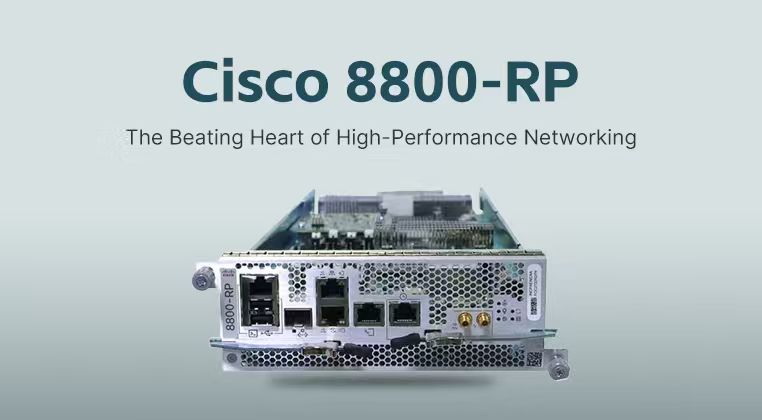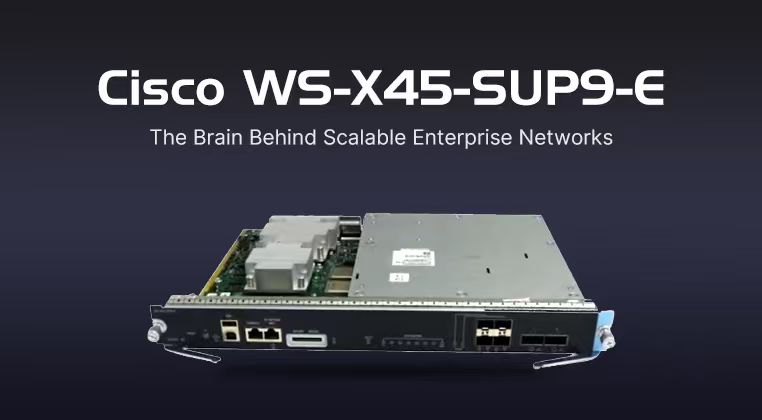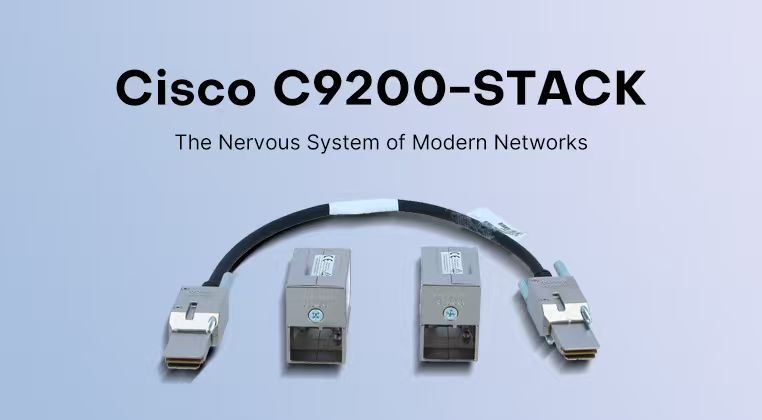



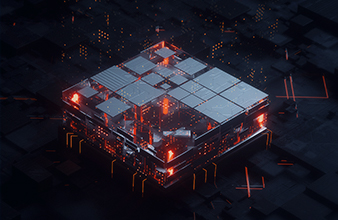
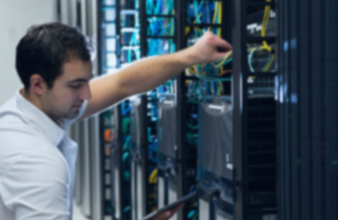









When you're setting up a business network, choosing the right wireless access point can feel like a critical decision. Today I want to share some thoughts on two Cisco models that often come up in conversations: the AIR-CAP2702E-H-K9 and the AIR-AP2802E-H-K9. Having looked at the specs and various user experiences, I can see why it's tough to choose between them.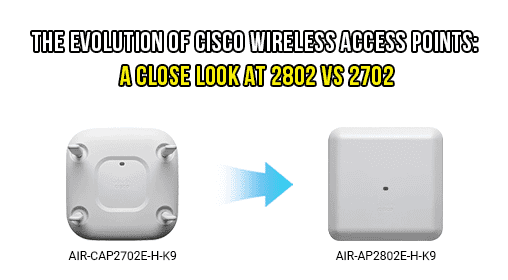
Let's start with what really matters - the internal components that drive performance. The 2802 model steps up significantly with 1GB of DRAM and 256MB of flash memory, while the 2702 makes do with 512MB DRAM and 64MB flash. That's quite a jump, and in the networking world, this extra breathing room means better handling of multiple connected devices and more sophisticated management features.
When we talk about wireless standards, both units support dual-band operation (2.4GHz and 5GHz), but the 2802 embraces the more advanced 802.11ac Wave2 standard compared to the 2702's earlier 802.11ac implementation. Think of it like this: Wave2 brings better traffic management for multiple devices, somewhat like having a smarter traffic controller at a busy intersection.
Here's a quick breakdown of their core specifications:
| Specification | AIR-CAP2702E-H-K9 | AIR-AP2802E-H-K9 |
|---|---|---|
| Memory | 512MB DRAM, 64MB flash | 1GB DRAM, 256MB flash |
| Network Standard | 802.11a/b/g/n/ac | 802.11b/g/n/ac Wave2 |
| Network Interfaces | 2 x Gigabit Ethernet | 2 x Gigabit Ethernet |
| Antenna Type | External | External |
| Power Consumption | 15W | 22.5W-26.5W |
| Operating Temperature | -30°C to 70°C | -30°C to 70°C |
Looking at physical design, both units share some similarities in their rugged build quality meant for enterprise environments. They're both designed to handle tough conditions with identical operating temperature ranges from -30°C to 70°C. The 2702 tips the scales at about 1kg, while the 2802 is noticeably heavier at 2.09kg - often an indicator of more robust internal components and heat dissipation features.
From a functionality perspective, the 2802's support for 802.3at PoE with higher power draw (up to 26.5W when the USB port is enabled) gives it more flexibility for powering additional features compared to the 2702's more modest 15W requirement. The 2802 also includes a USB 2.0 port that can be enabled through software, potentially opening doors for additional connectivity options that the 2702 doesn't offer.
Now, what does all this mean in day-to-day use? Based on user experiences with similar Cisco access points, the 2802's hardware advantages translate to better performance in high-density environments - think offices with many connected devices, or places where consistent streaming and data transfer are crucial. One user who cracked open a similar 2702 model noted the "aluminum back and middle panels for excellent heat dissipation" and "independent high-power amplifiers for both 2.4G and 5G signals", which explains why these enterprise-grade devices maintain stability even under heavy loads.
That same user mentioned that these Cisco access points are "rock-solid stable" once configured, though they noted the configuration process can be daunting without networking expertise. This stability seems to be a common theme across both models, but the 2802's more powerful hardware provides better future-proofing as network demands increase.
When we talk about value proposition, it's interesting to consider that while the 2802 represents Cisco's more recent technology, the 2702 still holds up as a reliable workhorse for less demanding environments. Some users in networking communities have pointed out that with enterprise gear like this, you're paying a premium not just for hardware but for "mission-critical stability" that consumer-grade equipment can't match. One commenter noted that in environments where network downtime means real financial loss, the reliability justification becomes much clearer.
If I had to sum up the comparison, I'd say the 2802 clearly outperforms its predecessor in terms of raw capability and future-ready features. But the 2702 isn't obsolete by any means - for many small to medium businesses with straightforward wireless needs, it remains a competent and potentially more budget-friendly option. The smarter choice really depends on your specific environment, the number of devices you need to support, and how much you value future-proofing your network infrastructure.
What's been your experience with enterprise wireless gear? I'm curious whether you lean toward the latest technology or prefer proven, cost-effective solutions for your networking needs.
